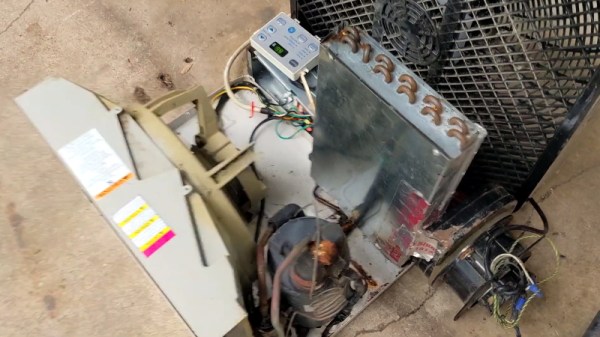For some small percentage of the Hackaday crowd, our world got turned upside down at the end of last year, when Red Hat announced changes to CentOS. That distro is the official repackage of Red Hat Enterprise Linux, providing a free, de-branded version of RHEL. The big problem was that CentOS 8 support has been cut way short, ending at the end of 2021 instead of the expected 2029. This caused no shortage of consternation in the community, and a few people and companies stepped forward to provide their own CentOS alternative, with AlmaLinux and Rocky Linux being the two most promising. AlmaLinux minted their first release in March, but the Rocky project made the decision to take things a bit slower. The wait is over, and the Rocky Linux 8.4 release is ready.
Not only are there ISOs for new installs, there is also a script to convert a CentOS 8 install to Rocky. Now before you run out and convert all your CentOS machines, there are a few caveats. First, the upgrade script is still being tested and fixed as problems are found. The big outstanding issue is that Secure Boot isn’t working yet. The process of spinning up a new Secure Boot shim and getting it properly signed is non-trivial, and takes time. The plan is to do an 8.4 re-release when the shim is ready, so keep an eye out for that, if you need Secure Boot support.
The future looks bright for enterprise Linux, with options such as Rocky Linux, AlmaLinux, and even CentOS Stream. It’s worth noting that Rocky has a newly formed company behind it, CIQ, offering support if you want it. The Rocky crew is planning a launch party online on June 25th, so tune in if that’s your thing. Regardless of which Linux OS you run, it’s good to have Rocky in the game.


















